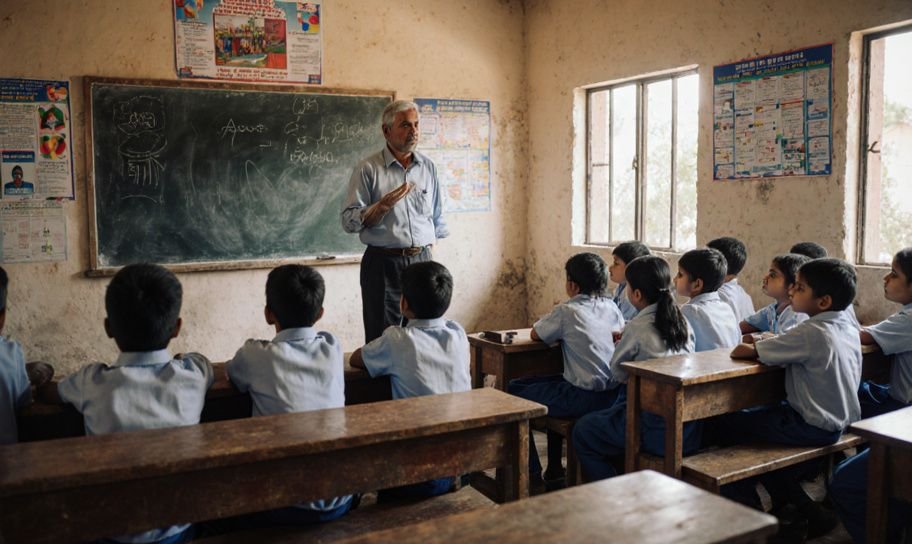
Quick Summary: The Bombay High Court has made a decision on several requests about moving teachers around in Maharashtra. It involves how the government decides on teacher movements and staffing in schools. The court agreed with the government's decision, stressing the importance of following the Right of Children to Free and Compulsory Education Act (RTE Act).
The case involved many requests filed by Sanjay Jagannath Shende and other educational groups against the State of Maharashtra. They were against the government's decisions on how teachers are moved and placed in schools.
The main issue was the government's new plan for moving teachers, which some said was unfair to them. Sanjay Jagannath Shende and others argued that the plan would lead to unnecessary moves and affect their job security and the quality of teaching.
"The proposed transfer and posting exercise undertaken by the Solapur Zilla Parishad would violate their statutory rights..."
Judges: Chief Justice Shree Chandrashekhar and Justice Manjusha Deshpande were in charge of the case.
The court decided that the government's plans did not break the teachers' rights. It stressed that the main goal of the RTE Act is to make sure students get a good education, which includes having enough teachers for the number of students.
Teacher Transfers: The court found that the plan to move teachers was meant to make sure schools had enough teachers to meet students' needs.
Government Decisions: These were found to be in line with the RTE Act, focusing on keeping the right number of teachers per student and not taking away teachers' rights.
Hiring and Staffing: The plan allows for temporary hires to fill in gaps, making sure teaching continues smoothly.
"The G.R.-2024 seeks to provide better education to the children by providing two teachers in a school where the strength of students is between 20 to 60."
While the court turned down the challenge to the government plans, it told the authorities not to move teachers after a certain date unless it's necessary. This makes sure that any moves are needed and not random.
The court's decision highlights the need to balance between how schools are run and teachers' rights. The ruling shows that children's education is more important than administrative ease or what teachers might prefer.